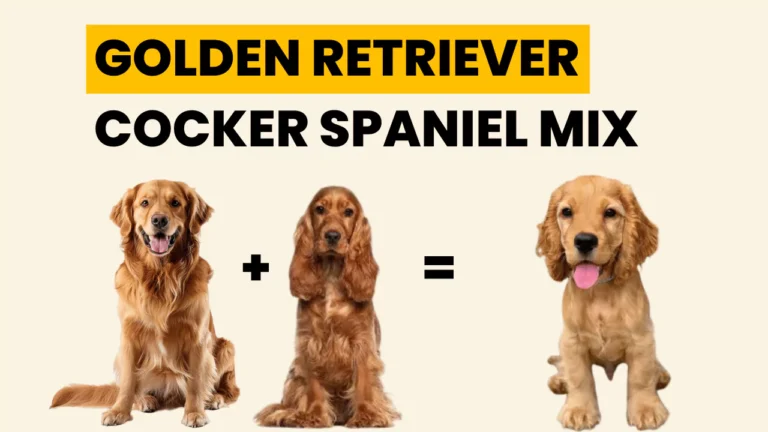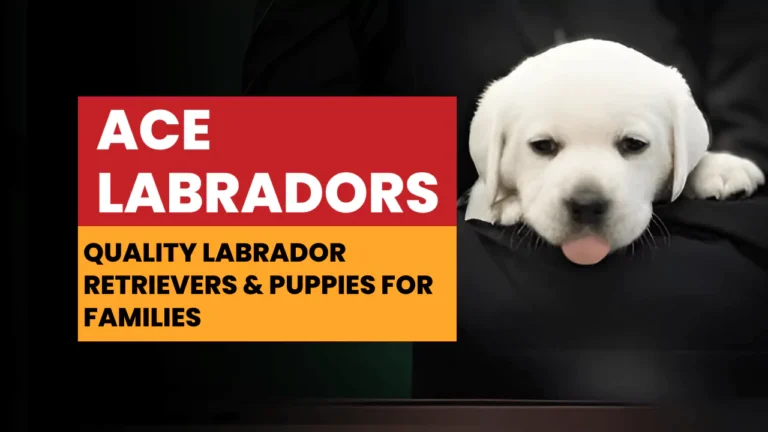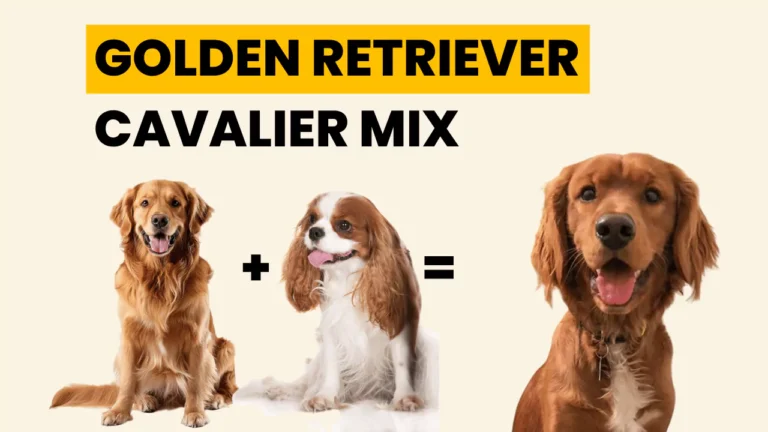The Best Size Crate for Golden Retrievers: Top Dog Crate Choices
Do you know the best size crate for Golden Retriever Dogs? Don’t worry! In this article, I will explain everything related to Golden Retriever Crate size, its benefits, crate training, etc. We will also discover the best Golden Retriever Crate sizes, recommended Golden Retriever crates, and some factors to consider for maximum benefits.
Why Use a Crate for Your Golden Retriever?
Crates are not just cages—they’re a sanctuary for your Golden Retriever. Here’s why they are indispensable:
- Safe Space: A crate offers your dog a private retreat where they can feel secure and relaxed, especially during noisy events or busy times at home.
- Practical House Training: Crates help puppies learn bladder and bowel control by associating the space with cleanliness.
- Reduced Destructive Behavior: Golden Retrievers are playful and curious, making them prone to chewing. A crate prevents unwanted damage to your home and keeps your pup safe.
- A collapsible crate that fits easily in your vehicle enhances travel convenience. Whether on road trips or vet visits, crates ensure your dog’s safety during travel.
- Encourages Independence: Your dog learns healthy independence while maintaining trust and comfort by having their own space.
What are the Best Size Crate for Golden Retrievers?
Golden Retrievers grow from medium to large sizes. You should select a crate that accommodates a fully-grown Golden Retriever, too.
Given below are some standard and best crate sizes for Golden Retrievers. General Size Recommendations suggest a crate size of l x w x h for optimal comfort:
- 42-inch crate: This size is ideal for fully grown Golden Retriever dogs as it provides enough space for standing and turning around.
- 36-inch crate: Suitable for mini Golden Retrievers, puppies, or smaller Golden Retriever breeds.
Height and Width: Ensure the crate height allows your dog to stand without touching the top. Look for at least 30–32 inches in height.
Expandable Options: If you’re buying a crate for a mini Golden Retriever or a puppy, consider a crate with a divider. This allows you to adjust the crate space as your dog grows.
Recommendations for Best Golden Retriever Crates
When shopping for a crate, these are some top options to consider:

- Features: Durable wire construction, double doors, and a divider panel for growing pups.
- Best For: Puppies and Adult Golden Retrievers.
- Petmate Ultra Vari Kennel:

- Features: Heavy-duty plastic with ventilation on all sides, ideal for various dog breeds.
- Best For: Travel and outdoor use.
- Frisco Heavy Duty Crate:

- Features: Steel design for escape-prone dogs, suitable for breeds known for their cleverness.
- Best For: Strong, anxious Golden Retrievers.
- EliteField Soft-Sided Crate:

- Features: Lightweight and portable, with mesh panels for ventilation.
- Best For: Well-trained dogs on the go.
Key Features to Look for in a Golden Retriever Crate
To choose the perfect crate, focus on the following aspects:
- Material:
- Wire Crates are a popular choice among golden retriever owners for their durability. It must be well-ventilated and easy to clean.
- Plastic Crates: Plastic crates are ideal for travelers.
- Soft Crates: These are lightweight and best for non-destructive and well-trained dogs.
- Accessibility is key when choosing the best dog crate for your pup. Your crate must have multiple doors for the dog’s convenience.
- Portability: Foldable designs for storage and travel.
- Comfort: Add a soft bed or crate mat for coziness.
- Safety: Secure latches and smooth edges to prevent injuries.
- Gender Specific Crates You can learn about the characteristics of Male and Female Golden Retrievers to chose the best crate option for each gender.
Tips for Successful Crate Training
Crate training is accessible but regular and requires patience and consistency. Here’s how to do it effectively:
- Introduce Slowly: Introduce your dog to the crate slowly and provide treats and toys inside the crate to make the experience positive.
- Create Positive Associations with your pup by using a comfortable crate. Feed your dog their meals inside the crate to encourage comfort and familiarity.
- Set a Routine: Use the crate during specific times, like bedtime or when you’re out.
- Avoid Overuse: Balance crate time with exercise and play. Golden Retrievers need plenty of activity to stay happy and healthy.
Additional Crate Training Benefits
- Supports Recovery: After surgery or injury, a crate limits movement and aids recovery.
- Reduces Anxiety: Your dog feels safe during thunderstorms or fireworks. This will reduce anxiety and bring calmness.
- Travel Safety: Securing your dog in a crate prevents distractions while driving and reduces the risk of injury in case of sudden stops.
FAQs
Should I cover my Golden Retriever’s crate?
Covering the crate can make it feel more den-like and cozy, especially at night. Use a breathable fabric and ensure proper ventilation.
How long can my dog stay in a crate?
Puppies should not exceed 2–3 hours, while adult dogs can occasionally handle 6–8 hours. Always ensure they have enough exercise and bathroom breaks.
Is crate training necessary for all dogs?
It’s unnecessary, but proper crate training can help you manage your dog’s behavior and eliminate boredom.
Conclusion
Crates are very good at managing your Golden pup’s behavior and eliminating boredom by giving your dog crate toys. They also ensure your Golden Retriever’s safety, comfort, and well-being. Following a proper training routine and choosing the right size can help your dog. You feel comfortable and enjoy your time inside the crate. Whether for training, travel, or simply providing a cozy retreat, investing in a high-quality crate is a decision you won’t regret.







